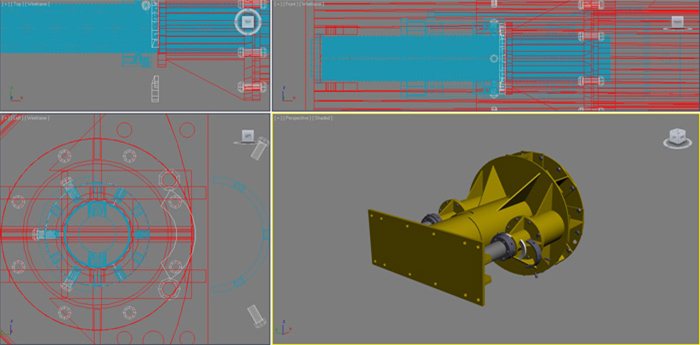This month I thought I would add a small introductory piece of the very topical subject of Building Information Modelling otherwise known as BIM. Grateful thanks to my colleague Dan Cuthbert for penning this blog.
Judging by the attendance and nature of the questions at a recent training session hosted by the National Construction College, BIM or Building Information Modelling is still both intriguing and confusing many companies.
In the first of this two part blog I aim to examine the concepts of BIM and then in part two, try to understand how a hire company will fit into the proposed BIM workflow.
The RIBA, CPIC and BuildingSmart have proposed a definition for BIM as follows:
“Building Information Modelling is digital representation of physical and functional characteristics of a facility creating a shared knowledge resource for information about it forming a reliable basis for decisions during its life cycle, from the earliest conception to demolition”
This sounds very grand but what does this mean in practice? There are many routes that the process could follow but here is a simplistic scenario:
A client (which would be the Government in the case of the 2016 deadline) identifies a need for a facility (such as a school, road, bridge, swimming pool) then engages the services of Architects, designers, consultants. This is nothing new except on a BIM project all generated data such as drawings, maps, site investigation logs are being collected and stored by an appointed management team.
That management team will decide upon standards as part of a BIM execution plan so that all data uploaded to the model can be viewed, shared and referenced by all other parties (rights can be assigned if required).
For example a foul water drawing can be referenced into a foundation drawing to avoid clashes with pile caps and as the reference files are downloaded from the model they will always (in theory) be the ‘current’ drawings.

So at the end of the design stage, during which companies may have been engaged as consultants to advise the designers etc, there should exist a 4D model (time being the 4th dimension) of the desired asset and all its components in a virtual environment that can now be interactively viewed by tendering parties by the use of BIM capable software (including free viewing software across all platforms including tablets).
The level of data that can be extracted from the model will depend on the level of detail added by the various contributors.
Imagine that you can walk around a building and every single component contained in that building such as a light switch, door handle or signage, contains an icon that you can select and immediately see information such as weight, price, material, point of origin, fire safety information and more, this is exactly what you can do within a BIM project model. All of the data attached to these components could be extracted to be used in various ways such as to create bills of quantities or maintenance schedules.
The model data should be updated throughout the construction stages so that there is an accurate ‘as-built’ model and any changes that have to be made during construction are vetted and issued to the relevant parties.
At the end of the project the client will have ownership of the model but the copyright properties for the components remain unchanged, in the same way that when you commission land searches you may receive various maps but they may still remain the property of the copyright owner such as Google or Ordinance Survey.
There is an increasing array of software that can be used for authoring, viewing and converting between various formats but the specified sharing format should have been agreed as part of the original execution plan so you should be able to gauge your position and your software requirements at an early stage.
BIM has potential to deliver some significant savings and there seems to be mounting empirical data to support this view, in fact just I am typing this blog Autodesk are claiming in their Ad campaign that the use of BIM has enabled M25 widening scheme to be completed in three years instead of six! It would seem the ball really has started rolling.
More to follow on this subject over the coming months....
Comments
Blog post currently doesn't have any comments.